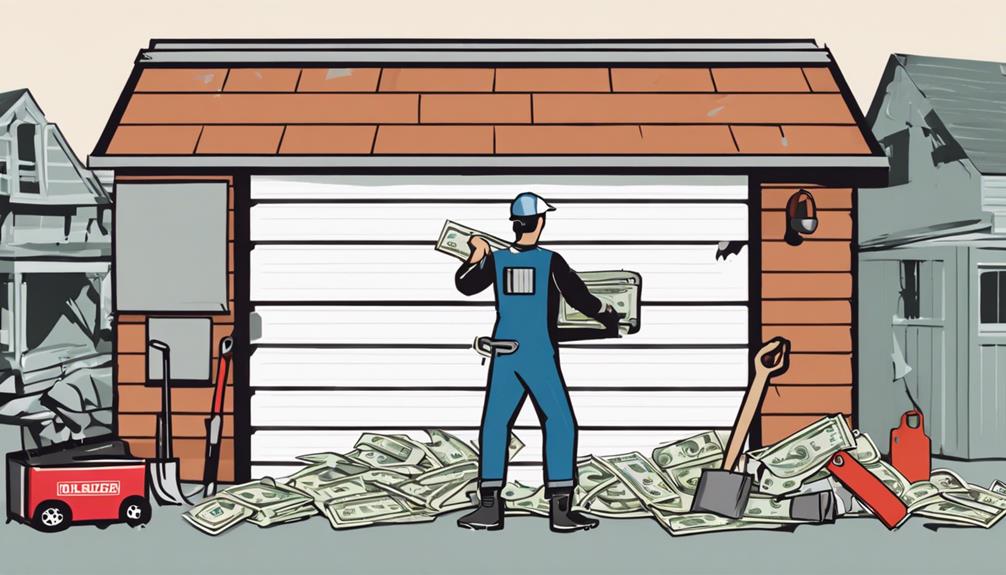To guarantee smooth operation and maintain your door tracks, follow these best ways to lubricate them effectively. Choose silicone-based lubricants for versatility and reduced dirt accumulation, or select durable lithium grease for heavy doors. Begin by cleaning the tracks thoroughly to prevent jams, then apply lubricant sparingly and evenly. Use silicone spray for plastic tracks and white lithium grease for metal ones, ensuring compatibility and resilience. Regular maintenance and addressing rust promptly are key to prolonging track lifespan. Seeking professional help when needed can prevent further damage and ensure proper servicing for best functionality. Choose the Right Lubricant When selecting a lubricant for your door tracks, the right choice can make a significant difference in the ease of operation and longevity of your doors . There are various lubricant types suitable for door tracks, including silicone-based lubricants , lithium grease , and Teflon-based sprays . Silicone-based lubricants are popular for their versatility and ability to repel dirt and water. Lithium grease is known for its durability and is an excellent choice for heavy doors. Teflon-based sprays create a slick barrier that reduces friction and prevents rust. For application, start by cleaning the door tracks thoroughly as any
For terrace balcony repairs, start with a thorough inspection for cracks, rust, or water damage. Check railings and tiles for stability, and use a moisture meter to identify hidden dampness. Seek recommendations for local contractors from friends or neighbors, and prioritize experts with strong reviews. For minor issues, quick DIY fixes like applying waterproof silicone or securing loose railings can help. Addressing structural concerns with steel brackets and waterproof membranes enhances safety. Refresh your terrace with new paint and sealant to improve its appearance. Each step taken will lead to a more secure, attractive outdoor space. Explore further for detailed guidance. Assessing Damage When it comes to evaluating damage on your terrace balcony, the first step is a thorough visual inspection . Start by examining the surface for cracks, chips, or any signs of water pooling . Look closely at the railings and supporting structures for rust or corrosion . These indicators often point to deeper issues that need addressing. Next, check for any loose tiles or pavers . Gently tap on them to see if they sound hollow, which can indicate water damage underneath . Don't forget to assess the condition of any grout or sealant


